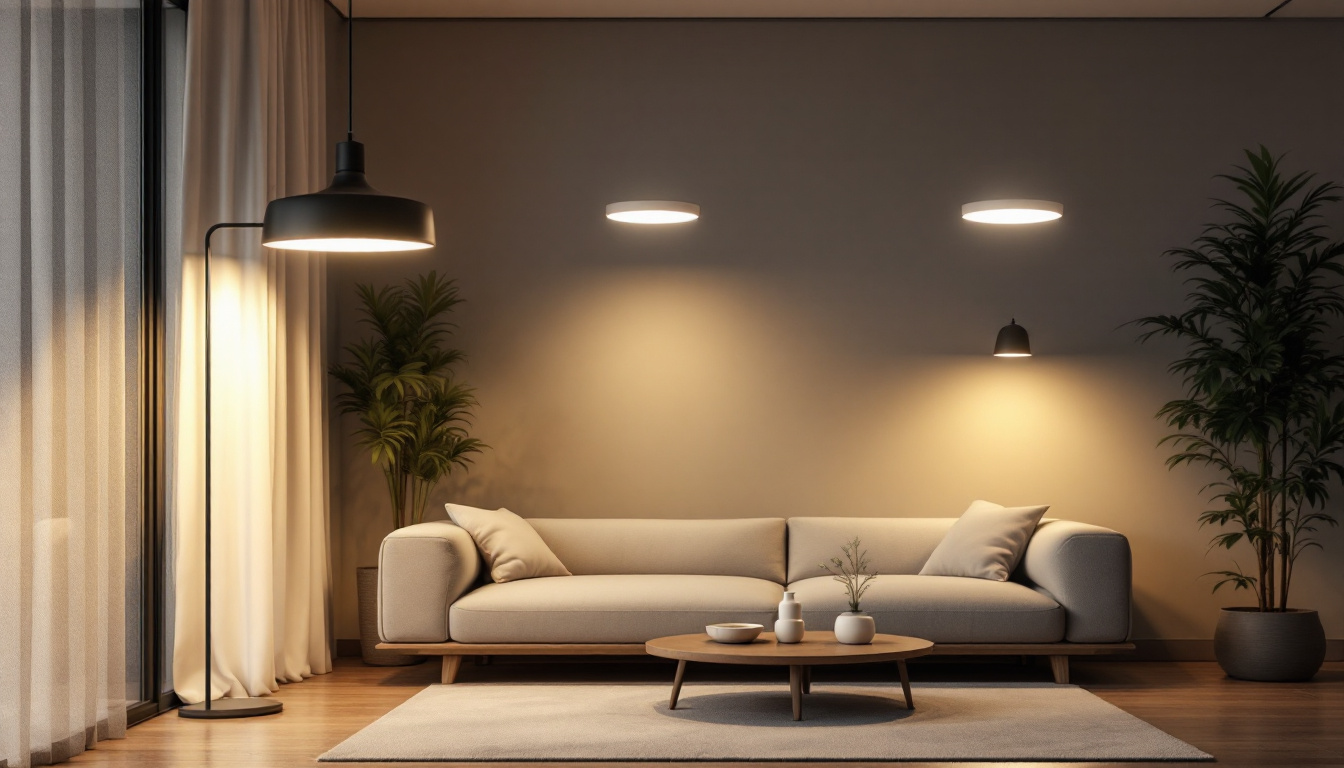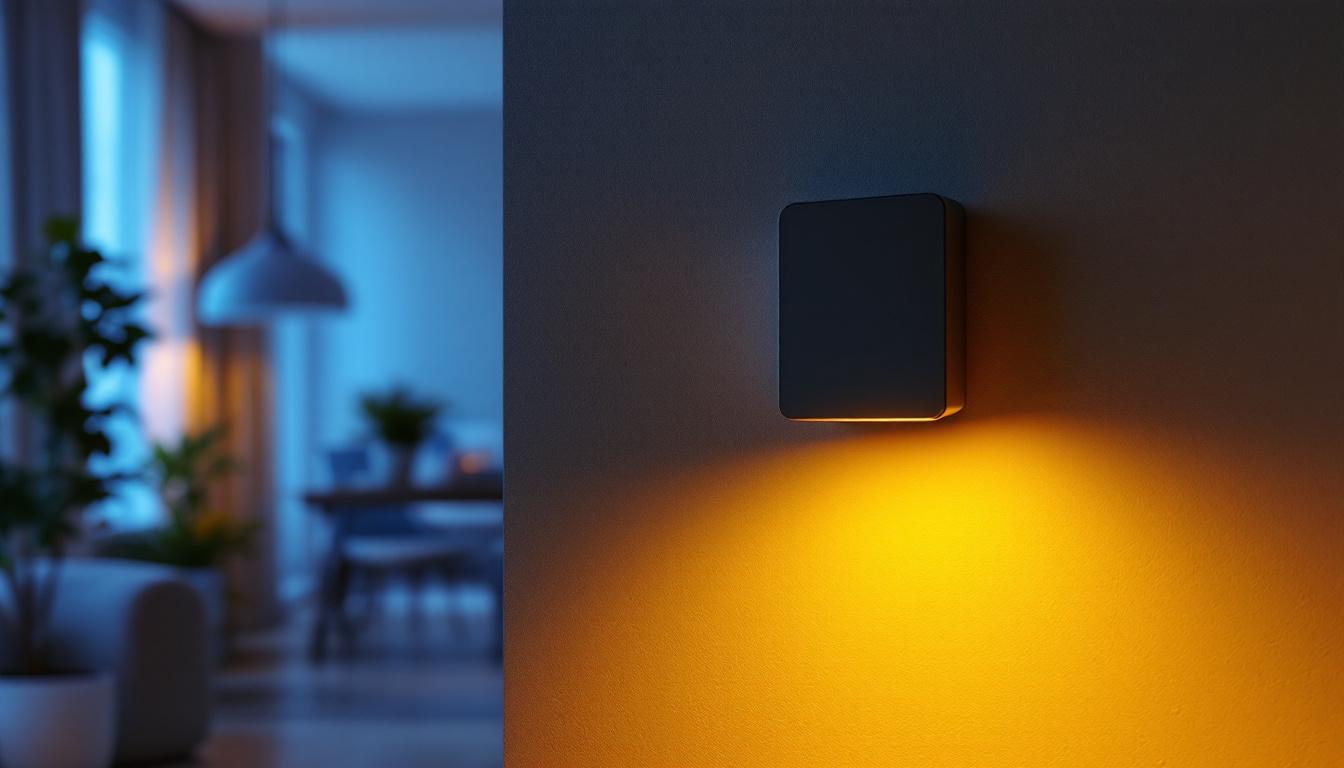
In the ever-evolving world of lighting, LED can lighting has emerged as a popular choice among homeowners and commercial property managers alike. As a lighting contractor, understanding the intricacies of LED can lighting is essential for providing clients with the best solutions tailored to their needs. This guide will delve into the benefits, installation techniques, and considerations that lighting contractors should keep in mind when working with LED can lights.
LED can lights, also known as recessed lights or downlights, are fixtures that are installed into a hollow opening in the ceiling. They provide a sleek, modern look while delivering high-quality illumination. Unlike traditional incandescent or fluorescent lights, LED technology offers numerous advantages that make it a preferred choice for many contractors.
One of the most significant advantages of LED can lighting is its energy efficiency. LEDs consume significantly less power than traditional lighting options, which translates to lower energy bills for clients. Additionally, they have a longer lifespan, often lasting over 25,000 hours, which reduces the frequency of replacements and maintenance costs.
Another benefit is the versatility of LED can lights. They are available in various color temperatures, allowing contractors to create the desired ambiance for any space. From warm white tones that create a cozy atmosphere to cooler shades that enhance productivity in commercial settings, the options are plentiful. Moreover, many LED can lights are now dimmable, providing even greater control over the lighting environment, which can be particularly beneficial in multi-functional spaces where the mood may need to shift throughout the day.
LED can lights are suitable for a wide range of applications. In residential settings, they are commonly used in living rooms, kitchens, and bathrooms, providing both functional and aesthetic lighting. In commercial environments, they are ideal for offices, retail spaces, and galleries, where quality lighting can enhance the overall experience. The ability to install them flush with the ceiling allows for a clean and unobtrusive look, making them a favorite among interior designers and homeowners alike.
Furthermore, LED can lights can be utilized for accent lighting, highlighting artwork or architectural features, or for task lighting in workspaces. This adaptability makes them a valuable addition to any lighting contractor’s toolkit. In addition to their practical uses, LED can lights can also contribute to energy-efficient building certifications, such as LEED, which is increasingly important in today’s environmentally conscious market. As more clients seek sustainable solutions, the integration of LED can lighting in projects not only meets aesthetic needs but also aligns with eco-friendly practices, making them a smart choice for both contractors and clients.
Installing LED can lights requires careful planning and execution. Lighting contractors must consider various factors to ensure a successful installation that meets both safety standards and client expectations.
When selecting LED can lights, contractors should consider the size and type of the fixture. There are different sizes available, typically ranging from 4 to 6 inches in diameter, and the choice will depend on the space and the desired lighting effect. Additionally, contractors should look for fixtures that are compatible with dimmer switches if clients desire adjustable lighting levels.
It’s also essential to consider the fixture’s housing. Newer models often come with IC (Insulation Contact) ratings, which allow them to be installed in ceilings with insulation without risk of overheating. This is a critical factor for ensuring safety and compliance with building codes. Furthermore, energy efficiency is another key consideration; many LED can lights now offer high lumens per watt, meaning they provide more light while consuming less energy, which can significantly reduce electricity bills over time.
Before installation, planning the layout of the LED can lights is crucial. A well-thought-out layout will enhance the functionality and aesthetics of the space. Contractors should consider the following:
Using a lighting design software can help visualize the layout and make adjustments before installation begins. This planning phase can save time and resources in the long run. Additionally, it may be beneficial to consult with the client during this phase to ensure their vision aligns with the proposed layout. Engaging clients in the design process can lead to a more personalized lighting solution, tailored to their specific needs and preferences. Moreover, considering the color temperature of the LED lights—ranging from warm whites to cool blues—can further enhance the ambiance of the space, making it inviting and functional.
As with any electrical installation, safety is paramount. Lighting contractors must adhere to local electrical codes and regulations when installing LED can lights. Understanding the electrical requirements and ensuring proper connections is essential for a safe and efficient installation. This includes not only following the guidelines set forth by local authorities but also staying updated on any changes in technology or best practices that may affect installation procedures.
LED can lights typically require a direct connection to the electrical supply. Contractors should ensure that the wiring is compatible with the fixture’s specifications. Using the correct gauge of wire is vital to prevent overheating and potential fire hazards. Moreover, it is important to consider the total load on the circuit to avoid overloading, which can lead to circuit breaker trips or even electrical fires.
Additionally, contractors should consider the use of junction boxes to protect connections and maintain compliance with electrical codes. Proper grounding is also essential to ensure safety and prevent electrical shocks. It is advisable to use high-quality connectors and to seal any junction boxes to prevent moisture ingress, which can compromise the integrity of the electrical connections over time. Furthermore, labeling wires and connections can greatly assist in future maintenance or upgrades, making it easier for anyone who may work on the system later.
After installation, testing the fixtures is a critical step. Contractors should check each light to ensure it functions correctly and that there are no flickering or dimming issues. If problems arise, troubleshooting may involve checking connections, replacing faulty drivers, or ensuring compatibility with dimmer switches. It is also beneficial to use a multimeter to measure voltage and current, ensuring that the fixtures are receiving the correct power levels for optimal performance.
Providing clients with a brief overview of how to operate and troubleshoot their new LED can lights can enhance customer satisfaction and reduce future service calls. This can include guidance on adjusting brightness levels, understanding the importance of using compatible dimmers, and recognizing signs of potential issues. Additionally, educating clients about the energy efficiency and longevity of LED lights can encourage them to appreciate the value of their investment, fostering a positive relationship and potentially leading to future referrals or projects.
As the demand for energy-efficient solutions grows, LED can lighting stands out as a sustainable choice. Lighting contractors play a vital role in promoting environmentally friendly practices through the installation of LED fixtures.
When selecting LED can lights, contractors should be familiar with energy ratings and certifications, such as ENERGY STAR. These ratings indicate that the fixtures meet strict energy efficiency guidelines, providing clients with peace of mind regarding their environmental impact.
Educating clients about the long-term savings associated with LED lighting can also encourage them to make the switch. By highlighting the reduced energy consumption and lower maintenance costs, contractors can position themselves as knowledgeable advocates for sustainability.
Another aspect of sustainability is the proper disposal of old fixtures and materials. Contractors should be aware of local regulations regarding the disposal of incandescent and fluorescent lights, as they may contain hazardous materials. Promoting recycling programs for old fixtures can further enhance a contractor’s reputation as an environmentally responsible business.
The lighting industry is constantly evolving, and staying informed about the latest trends can give contractors a competitive edge. LED can lighting is no exception, with new technologies and design approaches emerging regularly.
One of the most significant trends in lighting is the integration of smart technology. Many LED can lights are now compatible with smart home systems, allowing users to control their lighting through mobile apps or voice commands. This feature not only enhances convenience but also offers energy-saving options through scheduling and automation.
Contractors should familiarize themselves with various smart lighting products and how to install them effectively. Offering smart lighting solutions can attract tech-savvy clients looking to modernize their spaces.
Another exciting development in LED can lighting is the availability of color-changing and tunable white options. These fixtures allow users to adjust the color temperature of the light, creating different moods and atmospheres throughout the day.
Understanding how to install and program these advanced fixtures can set contractors apart from competitors. Clients will appreciate the ability to customize their lighting experience, making it a selling point for contractors.
LED can lighting offers a myriad of benefits for both contractors and clients. From energy efficiency to versatility, these fixtures are an excellent choice for various applications. By understanding the installation process, electrical considerations, and current trends, lighting contractors can provide exceptional service and solutions tailored to their clients’ needs.
As the demand for LED lighting continues to grow, staying informed and adaptable will be key to success in the lighting industry. Embracing new technologies and sustainable practices will not only enhance a contractor’s reputation but also contribute to a brighter, more energy-efficient future.
In conclusion, LED can lighting is not just a trend; it represents a significant shift in how spaces are illuminated. By equipping themselves with the right knowledge and skills, lighting contractors can thrive in this dynamic market, ensuring that they meet the ever-changing demands of their clients.
Ready to elevate your lighting projects with the efficiency and versatility of LED can lighting? Look no further than LumenWholesale for all your lighting needs. We provide contractors with high-quality, specification-grade LED lighting products at unbeatable wholesale prices. By choosing us, you’re opting for superior lighting solutions without the inflated markups often found at local distributors. Our extensive selection not only meets but exceeds industry standards, ensuring your projects shine with reliable, high-performance lighting. Plus, with free shipping on bulk orders, you can stock up on premium lighting without worrying about hidden fees or compromises. Don’t miss out on the perfect combination of quality, affordability, and convenience. Visit LumenWholesale today for the best value in wholesale lighting.

Discover the essential guide to choosing and installing LED 8-foot shop lights with our comprehensive contractor checklist.

Explore the essential insights lighting contractors need to meet client expectations in “Lotus Light.” Discover key trends, client preferences, and expert tips to illuminate your projects with precision and creativity..

Discover how ceiling LED kitchen lighting can enhance your business profitability.

Discover how wireless smart switches can revolutionize your lighting designs, offering seamless control, energy efficiency, and enhanced ambiance.